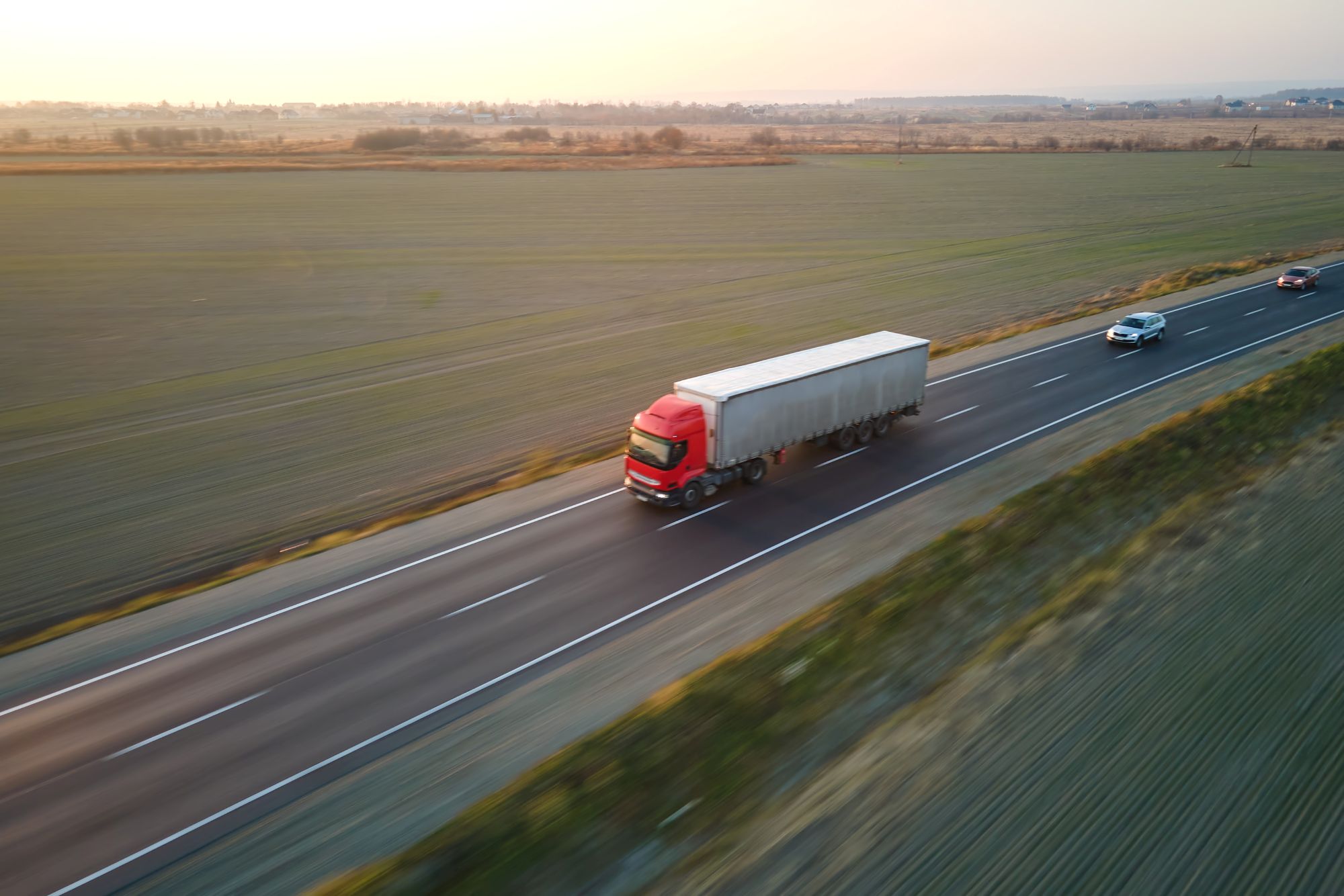
Susie Jones
Co znamená rozšíření železnice v Inverness pro odvětví mobility?
Vytvořeno: 07.07.2025
•
Aktualizováno: 07.07.2025
V červnu dostaly zelenou plány na zmírnění provozu nákladních automobilů ve prospěch železniční nákladní dopravy v "továrně na mraky" (výroba dřevěných desek West Fraser) nedaleko Inverness. Díky tomuto rozšíření se z dálnice A96 ročně odstraní 40 000 nákladních vozidel. Zkoumáme, jaký dopad to bude mít na odvětví nákladní dopravy.
Jaké jsou plány?
Plány proběhnou ve dvou fázích, přičemž obě rozšíří služby železniční nákladní dopravy a vytvoří udržitelnou provozní budoucnost.
První fáze bude dokončena v příštím roce a ročně z ní bude odstraněno 20 000 nákladních vozidel.
Druhá fáze si klade za cíl odstranit 40 000 nákladních vozidel, což odpovídá 60 % jejich současného ročního provozu. Tato fáze bude dokončena do roku 2028.
Další rozšíření druhé fáze umožní dalším společnostem v okolí Inverness využívat jejich železniční zařízení pro nákladní dopravu.
Snížení silniční přepravy
V důsledku rozšíření nákladní železniční dopravy dojde v tomto odvětví nepochybně ke snížení silniční přepravy do této oblasti. Tyto změny se rovnají zhruba o 54 jízd kamionů denně méně, což zmírní tlak na silnici A96.
Přestože přepravní firmy zaznamenají pokles poptávky po dálkové přepravě dřeva, vzroste počet kratších přeprav na poslední míli, například svoz dřeva na skládku. V tomto odvětví může také dojít k nárůstu úloh v oblasti železniční logistiky, jako je koordinace nakládky mezi nákladními vozidly a vlaky.
Ekologičtější průmysl
V roce 2022 bylo ve Spojeném království přepraveno 1,64 miliardy tun zboží nákladními vozidly, což zahrnovalo přibližně 156 milionů jízd nákladních vozidel. Odvětví mobility je dlouhodobě jedním z největších zdrojů emisí skleníkových plynů v Evropské unii. V roce 2022 vypustil 73,2 % emisí skleníkových plynů z dopravy v Evropě. Navzdory tomuto vysokému číslu vykazuje toto odvětví pomalý pokrok ve snižování emisí. Očekává se, že přechod na železniční dopravu v "Cloud Factory" sníží přibližně 9 000 tun emisí CO2 ročně. Jedná se o malý, i když důležitý krok správným směrem, který napomůže přechodu odvětví na čistou nulu do roku 2050.

Co to znamená pro odvětví nákladní dopravy?
Ačkoli mnozí mohou tuto změnu vnímat jako negativní, odvětví nákladní dopravy by z ní mohlo těžit.
Silniční a železniční doprava:
To představuje novou příležitost pro dopravce nabízet tyto specializované služby. Dopravní společnosti by v této oblasti mohly zajišťovat příchozí dodávky dřeva a intermodální nákladní dopravu.
Sama společnost West Fraser odhadla, že změna pravděpodobně povede k nárůstu počtu nákladních vozidel, která budou do areálu a z něj přijíždět.
Přizpůsobte se a investujte:
S tím, jak se odvětví posouvá směrem k větší integraci železnice, musí se dopravci rychle přizpůsobit a více investovat.
Vozový park přejde z dálkových jízd nákladních vozidel pro těžbu dřeva na specializované jízdy na krátké vzdálenosti.
Pro nakládání kontejnerů mohou být nezbytné investice do specializovaného vybavení.
Partnerství s provozovateli železnic a správci železničních stanic by mohlo mít pozitivní dopad na přepravní společnosti.
Hledáte parkování poblíž Inverness?
SNAP poskytuje parkování ve Velké Británii a Evropě. Použijte mapu SNAP nebo si stáhněte intruck a najděte si své místo ještě dnes.



